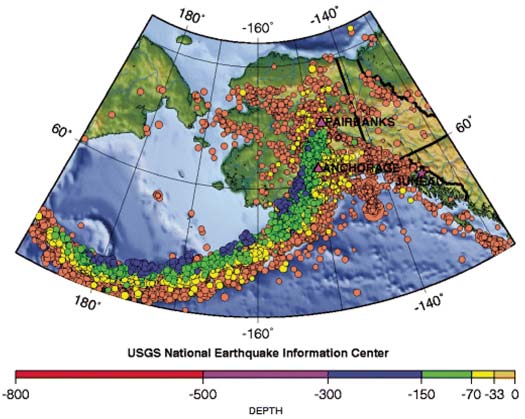
Image Source: Google
Earthquakes are natural disasters that can cause significant damage and loss of life. Having an effective earthquake monitoring system in place is crucial for early detection and warning, which can help mitigate the impact of these seismic events. Here are the 5 key components of an effective earthquake monitoring system:
1. Seismic Sensors
Seismic sensors are the backbone of any earthquake monitoring system. These sensors are designed to detect the vibrations caused by seismic waves during an earthquake. The data collected by these sensors is crucial for determining the location, magnitude, and depth of an earthquake.
Types of Seismic Sensors:
- Accelerometers
- Seismometers
- Infrasound sensors
- GPS sensors
2. Data Transmission Systems
Once the seismic sensors detect seismic activity, the data needs to be transmitted quickly and efficiently to a central monitoring station. Data transmission systems play a critical role in ensuring that real-time information is received and analyzed promptly. Refer Link: https://damsafetygroup.com/seismic-monitoring/.
Types of Data Transmission Systems:
- Satellite communication
- Internet-based systems
- Radio communication
- Fiber-optic networks
3. Data Processing and Analysis Software
Data processing and analysis software is used to interpret the data collected by seismic sensors. This software can analyze the seismic waves to determine the location, depth, and magnitude of an earthquake. It also plays a crucial role in generating alerts and warnings based on the analyzed data.
Features of Data Processing and Analysis Software:
- Real-time monitoring
- Automatic event detection
- Event classification
- Alert generation
4. Early Warning Systems
Early warning systems are designed to provide advance notice of an impending earthquake, allowing people to take protective actions before the shaking begins. These systems rely on the data collected by seismic sensors and the analysis conducted by data processing software to generate timely alerts.
Components of Early Warning Systems:
- Alert dissemination systems
- Public notification methods
- Integration with emergency response plans
- Education and training programs
5. Integration with Disaster Response Mechanisms
An effective earthquake monitoring system should be seamlessly integrated with disaster response mechanisms to ensure a coordinated and rapid response to an earthquake event. This integration allows for the efficient deployment of resources and the implementation of emergency measures to protect lives and property.
Benefits of Integration with Disaster Response Mechanisms:
- Coordination of response efforts
- Resource allocation optimization
- Timely communication and decision-making
- Improved overall disaster response effectiveness
Implementing these key components in an earthquake monitoring system can significantly enhance the ability to detect, analyze, and respond to seismic events. By investing in a comprehensive monitoring system, communities can better prepare for earthquakes and reduce their impact on society.